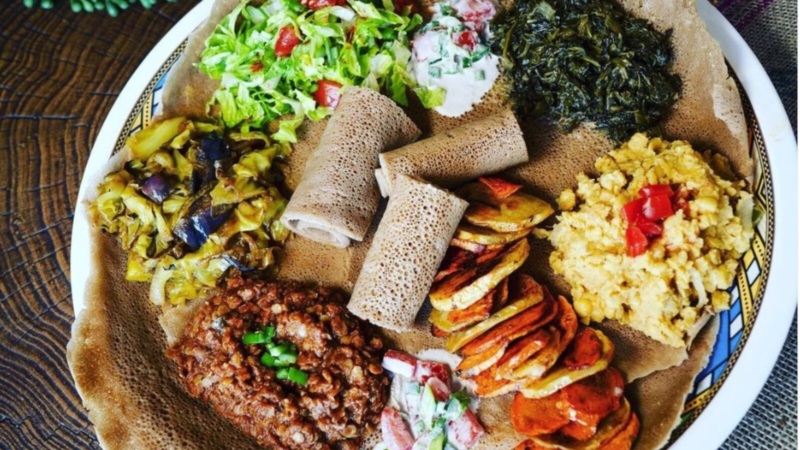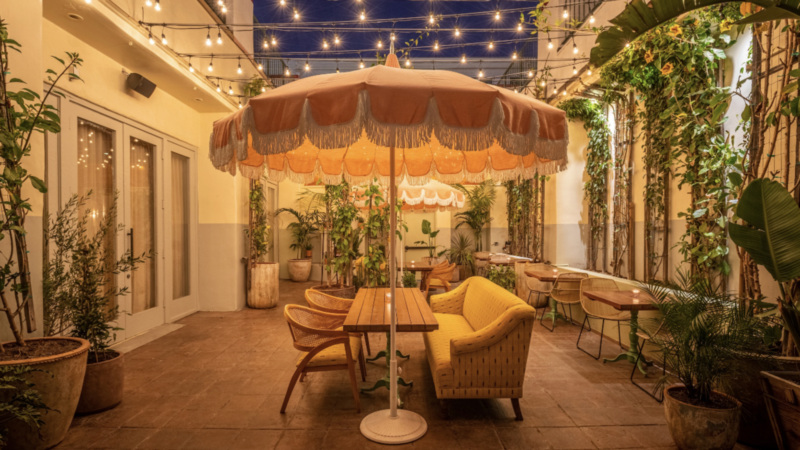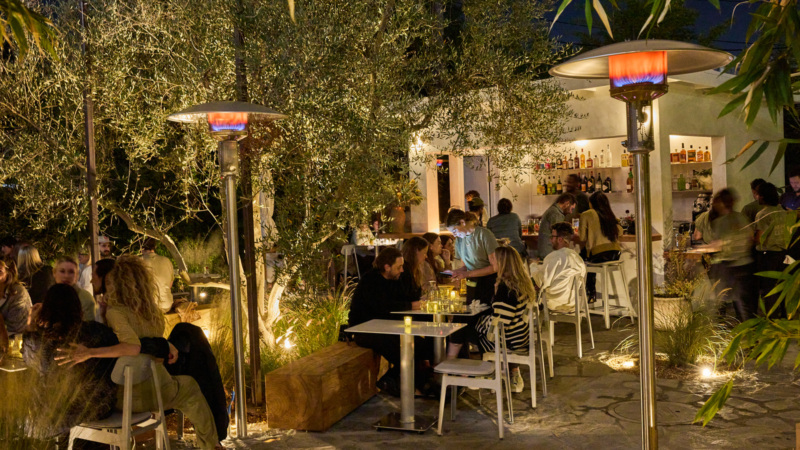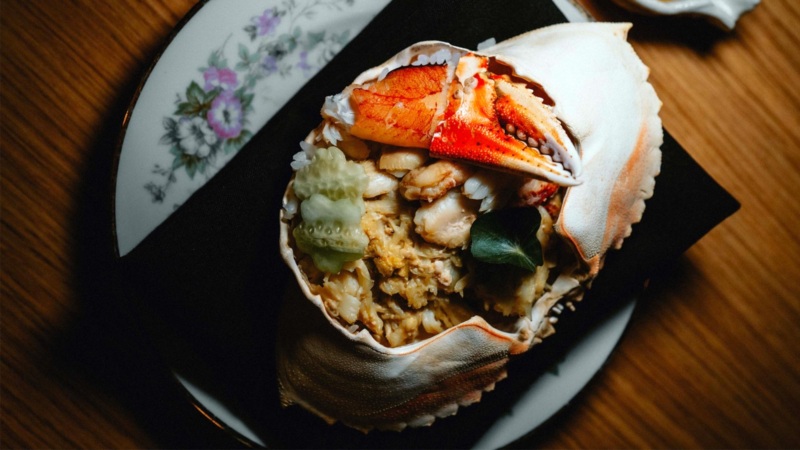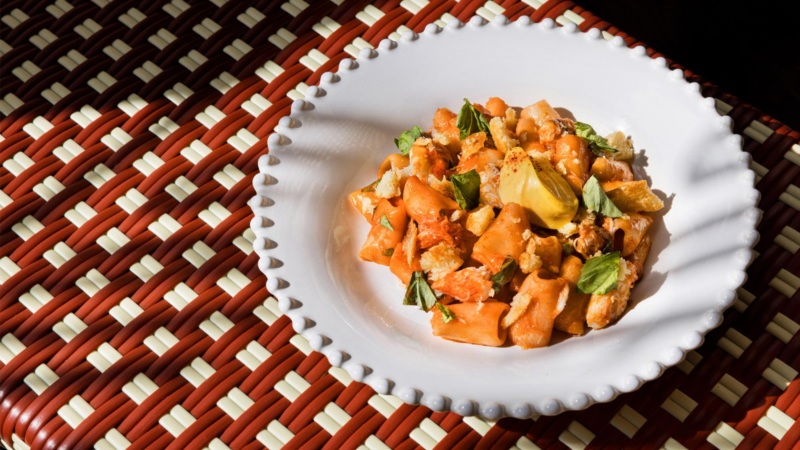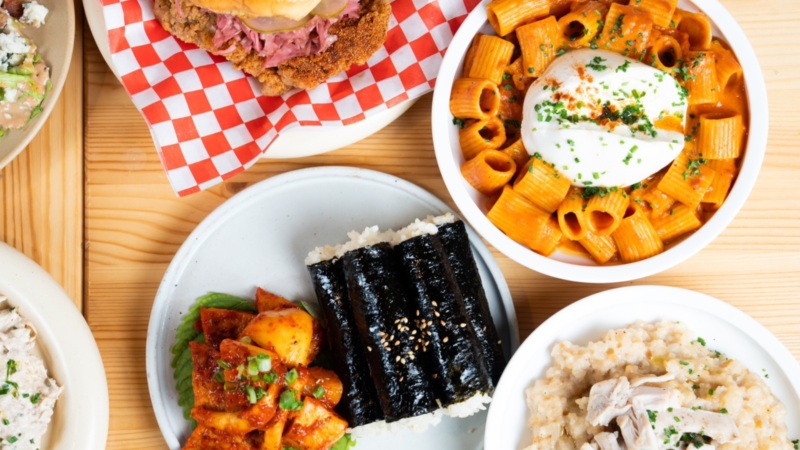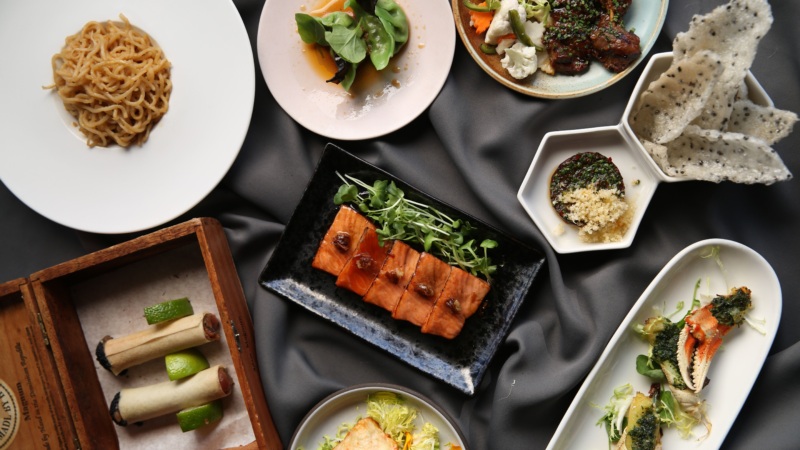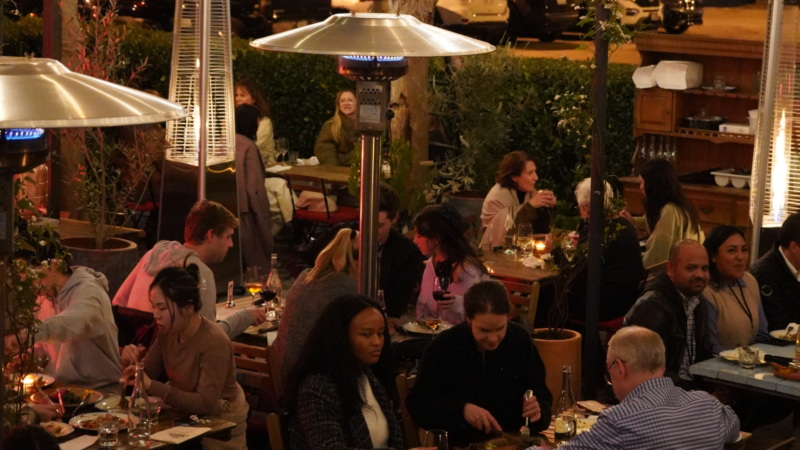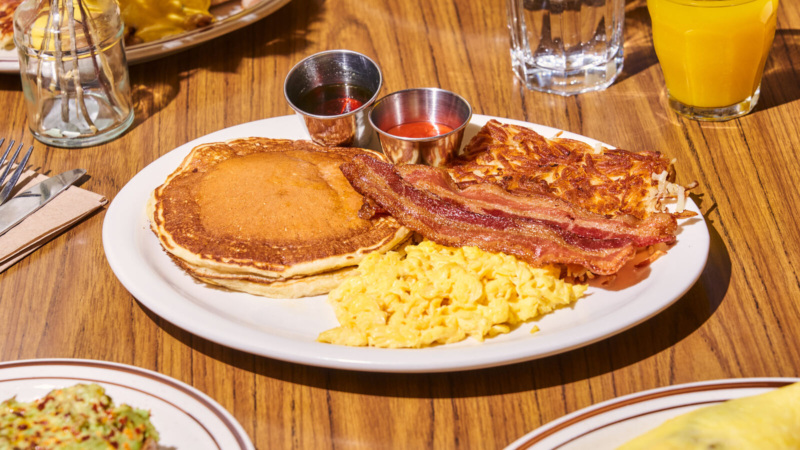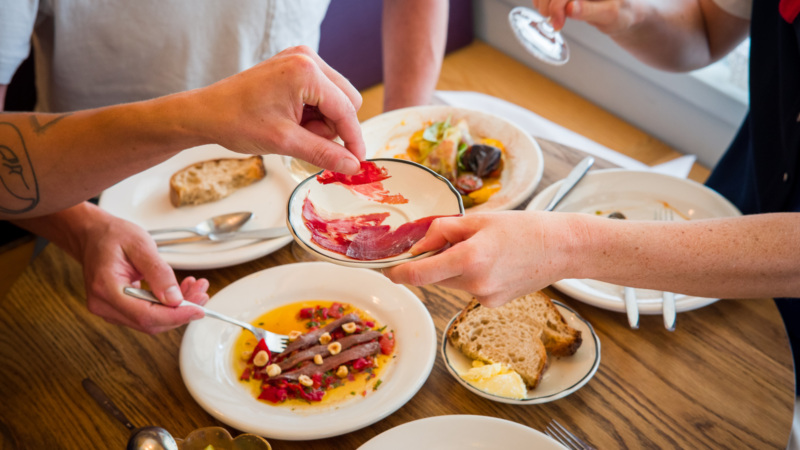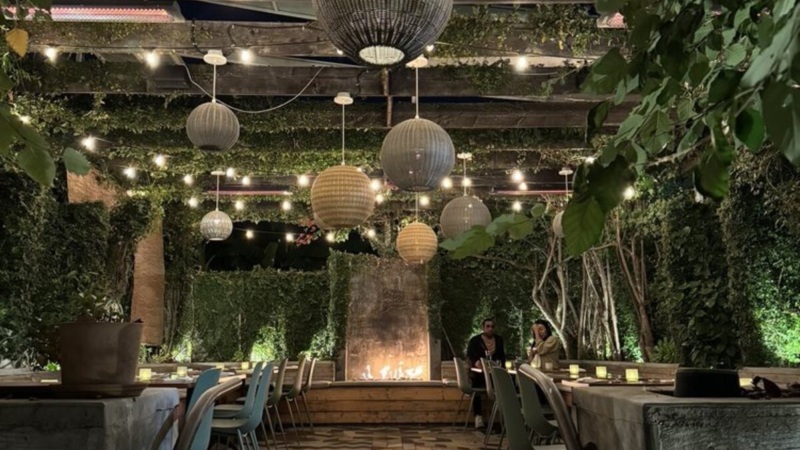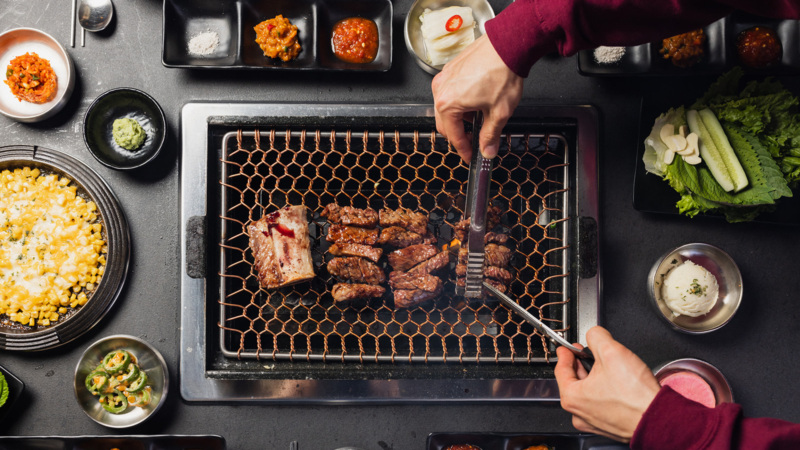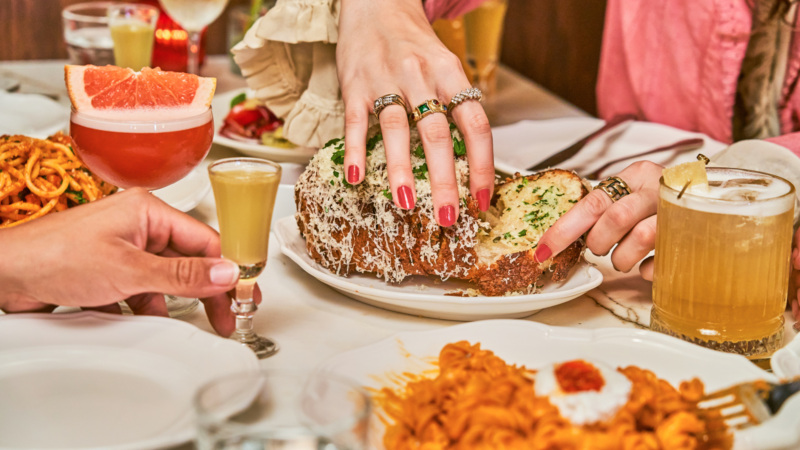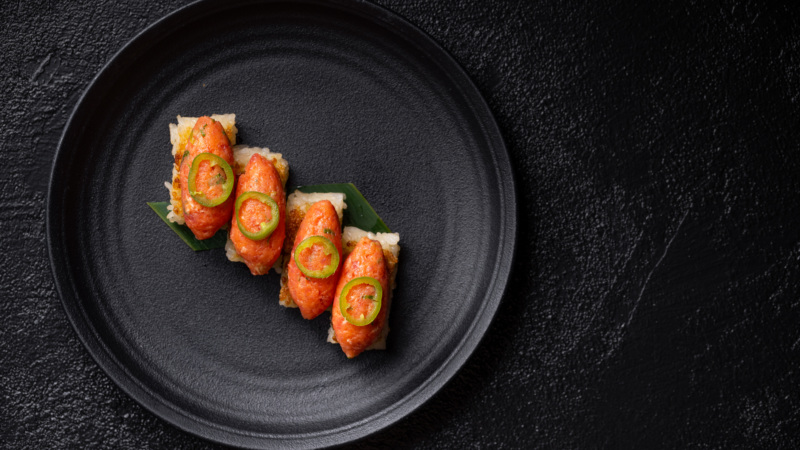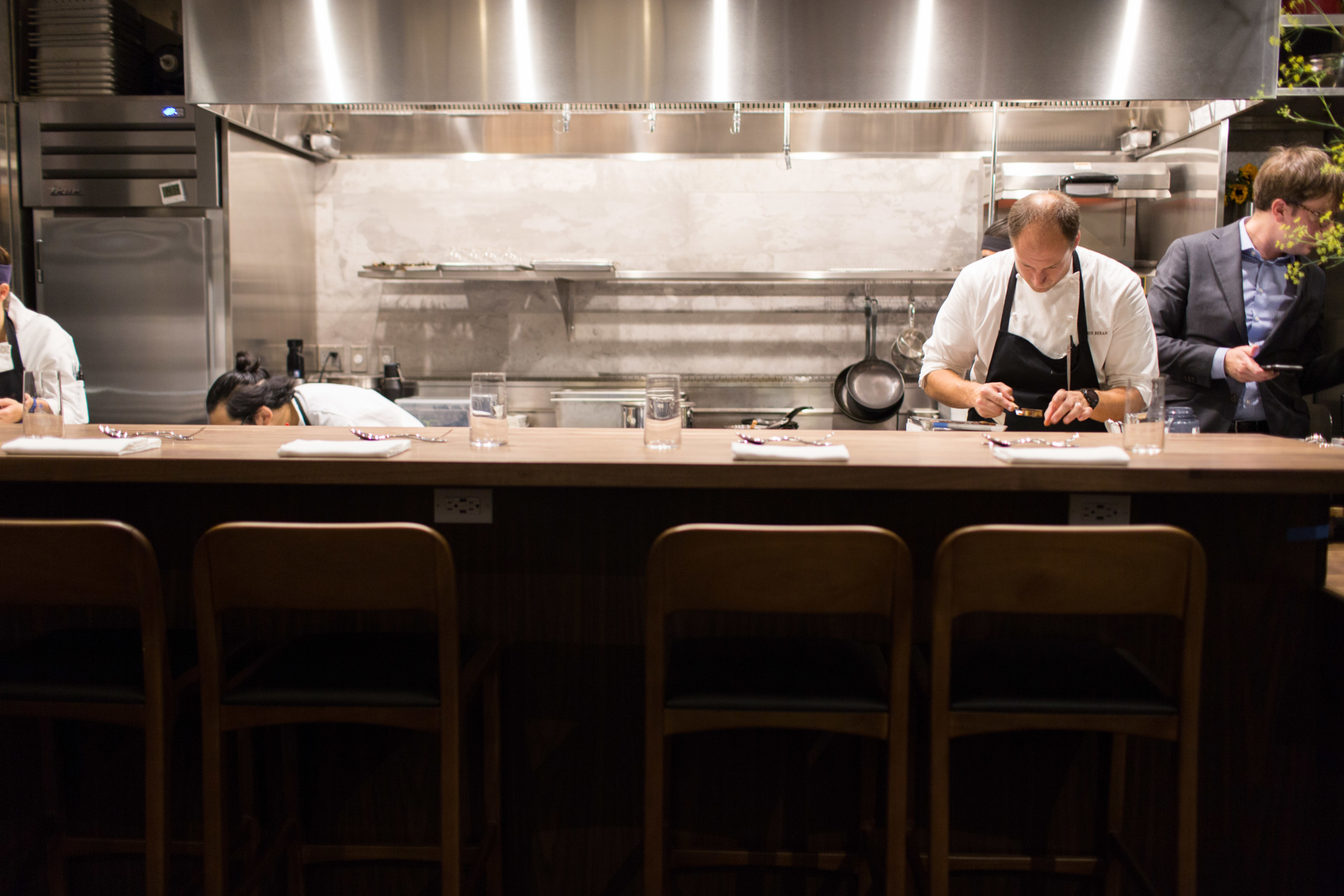
At Dialogue, Dave Beran keeps pushing the conversation in new ways
When Dave Beran opened Dialogue in 2017, you could sense his wonder at his newly adopted city. “We had strawberries in December,” he once remarked on a podcast. At his 18-seat Santa Monica restaurant, each tasting menu was an ambitious progression from the preceding season through the next one, using the abundance of Los Angeles farmers’ markets as a palette. It was a way to make sense of both his new home, but also to embrace the unique microseasons of the region: “Everything has become a caricature with our idea of a season. They’re not as exemplified in LA.”
Beran is now in his fourth year living in Los Angeles and on his way to becoming a bona fide Angeleno. What’s just as apparent is the way that he continues to push boundaries and renew his focus, seen through his latest overhaul of the menu — Dialogue’s 10th overall. This is not a restaurant that is content with the status quo.
For Beran, each new menu ($235) is written as a whole story, not a collection of short stories. “Each course is a chapter in that story, where all courses call back to the previous (one), but also foreshadow what’s coming,” he says.
It might seem cliché to say that every experience at Dialogue is meant to engage all the senses, but when you pay attention, you’ll start to understand. You’ll see how the first course not only looks like a forest floor, but mimics the texture arising from its three, distinct layers: White beans covered with a ragu of pumpkin seed and onion, then topped with fried pumpkin skin, heavily roasted parsley and a white powder that’s flavored with Szechuan peppercorns and lime salt. It looks wintry, like snow-covered leaves and fallen twigs. (By the next course, the pumpkin seed component has evolved into an infused miso.)
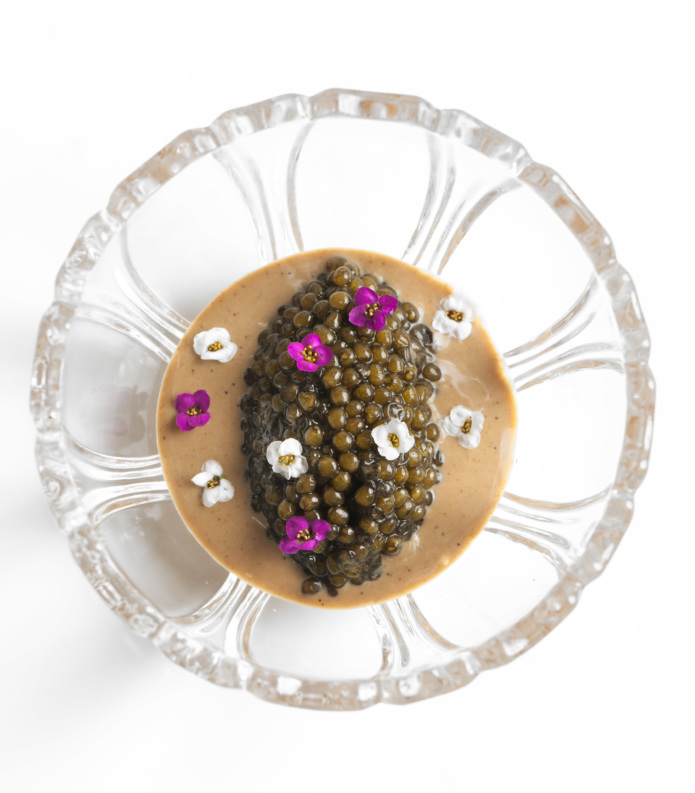
When you’re dining at Dialogue, take note of the little things. For example, one technique Beran plays with is the pacing of the courses — say, as one might be taken through a musical album through uptempo tracks, interludes, and ballads. Key modulations might be expressed through quicker courses, such as ones that aren’t served with silverware, to prepare the diner for the mood change to come.
Courses that require interactions with other diners slow down the meal — like the carrot, shio miso and burnt Meyer ponzu communal dish, which Beran describes as “the first course we’ve served on any menu where essentially the goal is to slow the diners down.”
“Typically in a tasting menu,” he says, “you eat the food, you clear the food and then you’re served the next course. But we wanted people to pause and have that moment of realizing where they are, what’s going on and encourage their levels of engagement with each other.”
There are interplays between sweet and savory, most notably in Beran’s “coffee and caviar” course, featuring hazelnuts, oil infused with smoky lapsang tea, and coffee and vanilla creme anglaise. “Your perception goes sweet, but then when you have the caviar it pushes it back savory. It’s kind of like french fries and a Wendy’s Frosty,” Beran says.
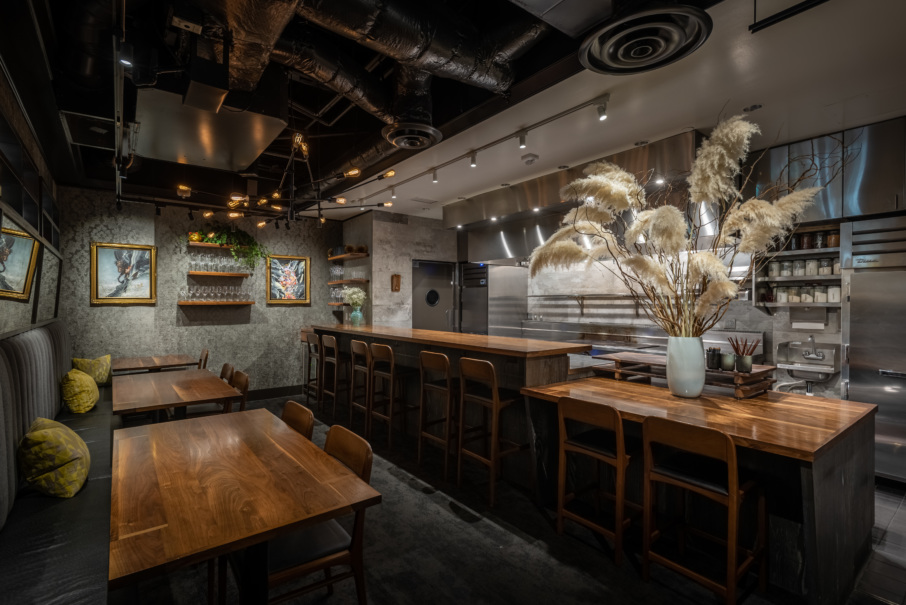
Los Angeles, especially the past five years, has been a destination for many out-of-town chefs and restaurateurs who have found success in other markets. Beran was a chef from Chicago who really could not have come to LA more decorated — James Beard Best New Restaurant 2012, Best Chef Great Lakes 2014, Food & Wine Best New Chef 2014.
Dialogue’s recent remodel is well-timed with the opening of Pasjoli, Beran’s months-old French bistro, and also the perfect way to showcase Beran’s evolving vision and drive to improve at Dialogue. With this continued growth, Beran seems to have to set himself apart, not only because he understood the gravity of learning what Los Angeles is about, but that it would take time — and conversations.

